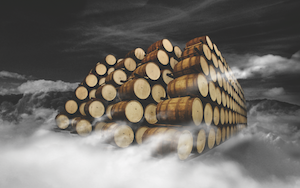According to Dave Broom’s Rum book, one of the key developments in the Spanish and Cuban rum style was the Royal Spanish Development Board’s offer of a prize for creating a style of rum that did not copy the Jamaican and Guyanan styles.
With his eye on the prize, Spanish emigrant Don Facundo Bacardi bought a distillery in Santiago (Cuba) in 1862. He was the pioneer of dry, light Cuban rum. In the words of Dave Broom: “You could call it a Spanish style – but I wouldn’t advise it in front of a Cuban distiller.” Wise words. Havana Club set up shop in 1878 and the rest, as they say, is history. (Jaq Bayles reminds us of the trials and tribulations of Cuba’s rum heritage on page 28.)
Semantics aside, Spanish-style rums are enjoying a renaissance and here’s Diplomatico’s Toral on why: “Considering the diversity of the Spanish-style rums in terms of production process, sugar cane and climatic conditions, we believe there’s also mixing versatility. Matching well with fruits and other spirits, it is a great partner at the time the bartender looks for balance and enhanced level in rum cocktails. But there’s also twists on classic cocktails where bartenders are using rums instead of the original spirits, as there is an entire pallette of flavours, aromas and feelings.”
Salud.




